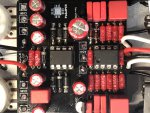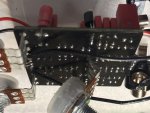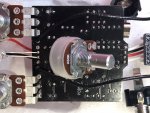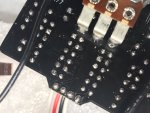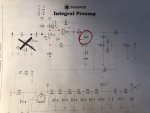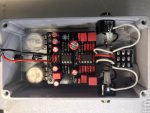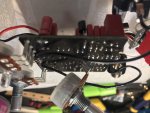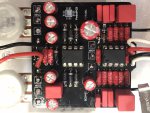Moltenmetalburn
Member
Ive got a pile of non working builds piling up. It seems for every one I get built another doesn’t work and I don’t know enough to get through them on my own. after an integral preamp I built today doesn’t work yet again I am pretty frustrated.
My integral is farting and distorting. I reflowed everything thrice. Then I swapped all the Electrolytics, one film I suspected, and the Q2 transistor. Still a farting crackling mess.
After blindy swapping 10 parts and no change I need help.
How do I learn to debug and use an audio probe??? I bought one but haven’t experimented yet.
getting so frustrated it makes me want to give this up at times.
I see some extremely talented people here helping others debug, I could use your help as well.
thanks!
My integral is farting and distorting. I reflowed everything thrice. Then I swapped all the Electrolytics, one film I suspected, and the Q2 transistor. Still a farting crackling mess.
After blindy swapping 10 parts and no change I need help.
How do I learn to debug and use an audio probe??? I bought one but haven’t experimented yet.
getting so frustrated it makes me want to give this up at times.
I see some extremely talented people here helping others debug, I could use your help as well.
thanks!





